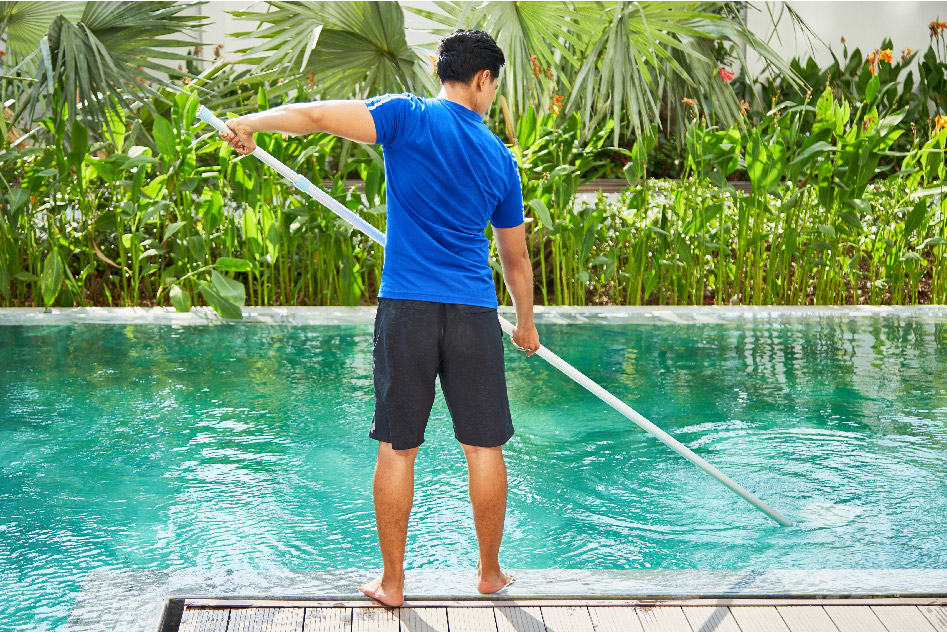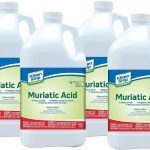
The Best Way to Clean Your Home Swimming Pool: A Comprehensive Guide for Pool Owners
Keep Your Pool Sparkling Clean and Inviting with These Detailed Steps and Tips
A clean swimming pool is essential for a safe and enjoyable swimming experience. Regular pool maintenance not only keeps the water looking clear and inviting but also helps prolong the life of your pool equipment and reduces the risk of waterborne illnesses. In this article, we provide a comprehensive guide on the best way to clean your home swimming pool, detailing the steps and tips to ensure a well-maintained and inviting pool for you and your family to enjoy.
Step 1: Skim the Surface
Start by skimming the surface of your pool using a leaf skimmer or pool net. This will help remove leaves, insects, and other debris that can affect water quality and clog your pool’s filtration system. For best results, skim the pool daily or as needed to keep the surface clear.
Step 2: Brush the Pool Walls and Floor
Use a pool brush to clean the walls, floor, and any steps or ledges in your pool. Pay special attention to corners, crevices, and areas around the pool’s waterline where algae and dirt can accumulate. Brushing your pool at least once a week will help prevent the buildup of algae and other contaminants.
Step 3: Vacuum the Pool
Vacuuming your pool regularly is essential for removing dirt, debris, and small particles that brushing and skimming may miss. There are various types of pool vacuums available, including manual, automatic, and robotic vacuums. Choose the one that best suits your needs and budget, and follow the manufacturer’s instructions for proper use. Aim to vacuum your pool at least once a week or more frequently if needed.
Step 4: Clean the Pool Filter
A clean pool filter is crucial for maintaining water quality and circulation. Depending on the type of filter you have (sand, cartridge, or diatomaceous earth), the cleaning process will differ. Consult your filter’s owner’s manual for specific cleaning instructions and follow them accordingly. As a general rule, clean your filter every 4-6 weeks or as needed based on pressure gauge readings and overall pool cleanliness.
Step 5: Check and Maintain Water Chemistry
Regularly testing and adjusting your pool’s water chemistry is essential for a safe and comfortable swimming environment. Use a pool test kit or test strips to check the levels of pH, chlorine or other sanitizers, total alkalinity, and calcium hardness. The ideal levels for these parameters are:
- pH: 7.2-7.8
- Chlorine: 1-3 ppm (parts per million) for traditional chlorine pools or 2-4 ppm for saltwater pools
- Total Alkalinity: 80-120 ppm
- Calcium Hardness: 200-400 ppm
Adjust these levels as needed to maintain optimal water balance and ensure effective sanitization.
Step 6: Shock the Pool
Shocking your pool involves adding a high dose of chlorine or other sanitizer to kill algae, bacteria, and other contaminants. This should be done on a regular basis, typically every 1-2 weeks, or as needed to maintain water clarity and sanitation. Follow the manufacturer’s instructions for the proper dosage and application procedure.
Tips for Maintaining a Clean Swimming Pool
- Keep the pool area clean: Remove any leaves, debris, and trash from around your pool to prevent them from being blown into the water.
- Maintain proper circulation: Run your pool pump for at least 8-12 hours a day to ensure adequate water circulation and filtration.
- Keep the water level consistent: Maintain the water level halfway up the skimmer opening to ensure optimal skimming and filtration.
- Regularly inspect and maintain pool equipment: Check your pool pump, filter, skimmer baskets, and other equipment for any signs of wear, damage, or clogging. Address any issues promptly to ensure optimal pool performance.
- Utilize a pool cover: Using a pool cover when the pool is not in use can help reduce the amount of debris that enters the water, minimize water evaporation, and maintain consistent water temperature. Choose a pool cover that fits your pool’s shape and size for maximum effectiveness.
- Trim overhanging vegetation: Keep trees, bushes, and other vegetation trimmed back from the pool area to reduce the amount of leaves and debris that can fall into the water.
- Educate pool users: Encourage family members and guests to shower before entering the pool, avoid wearing heavy lotions or oils, and refrain from bringing food or beverages into the pool area. This can help minimize contaminants and keep your pool cleaner.
Maintaining a clean and well-maintained swimming pool is crucial for a safe, healthy, and enjoyable swimming experience. By following the detailed steps and tips outlined in this comprehensive guide, you can keep your pool sparkling clean and inviting for you and your family to enjoy. Regular pool care not only ensures a pleasant swimming environment but also helps prolong the life of your pool equipment and minimizes the risk of waterborne illnesses. With proper maintenance and attention, your home swimming pool can be a source of relaxation, fun, and enjoyment for years to come.




